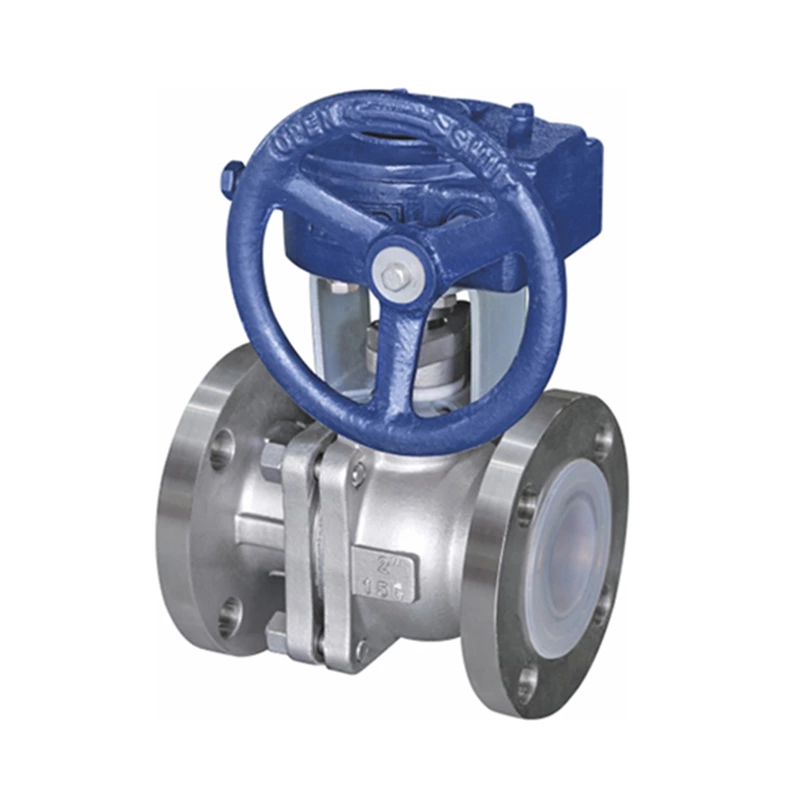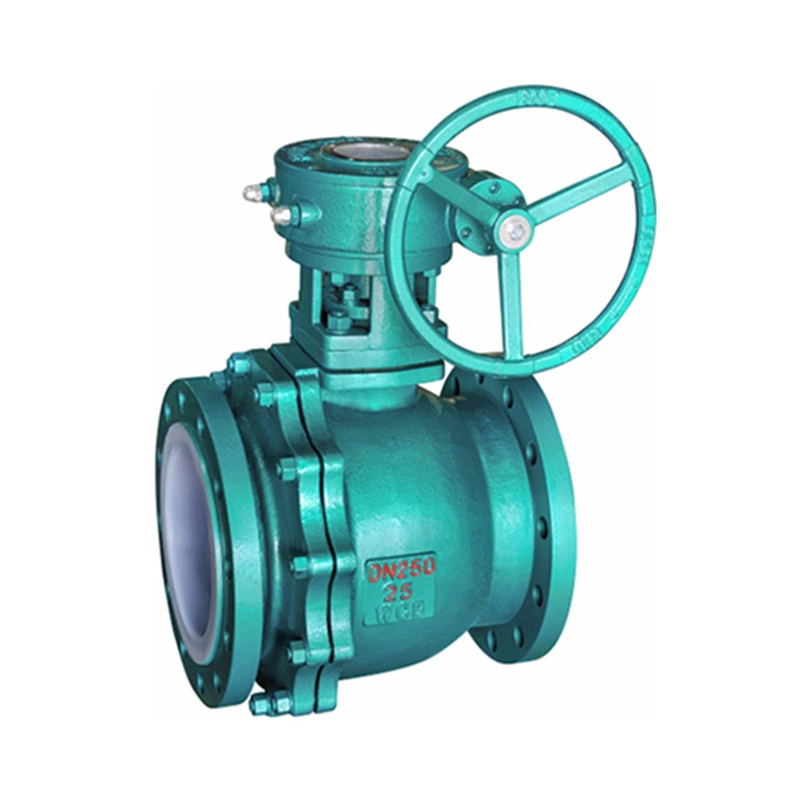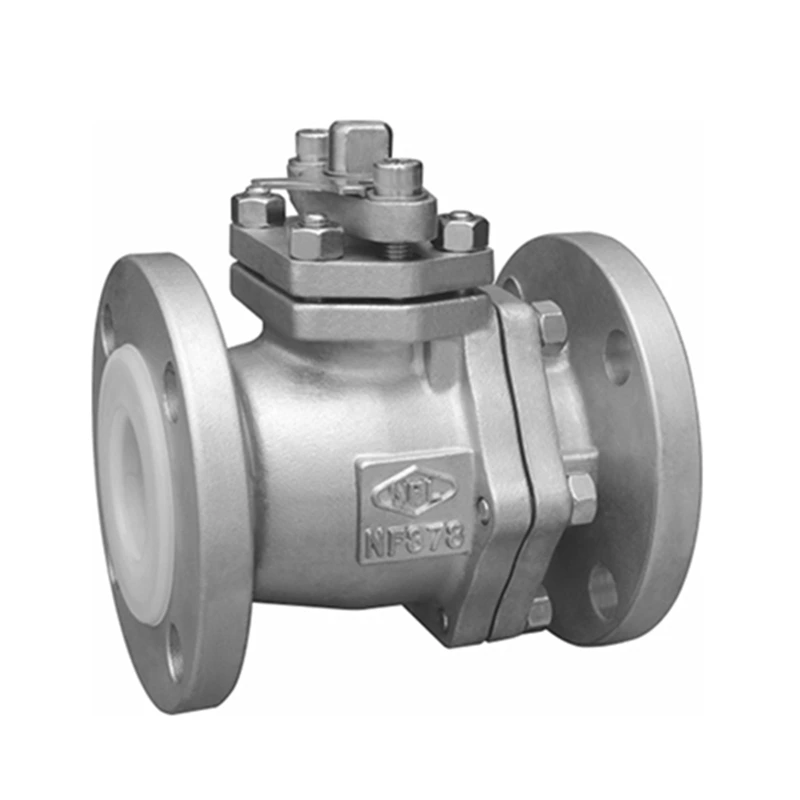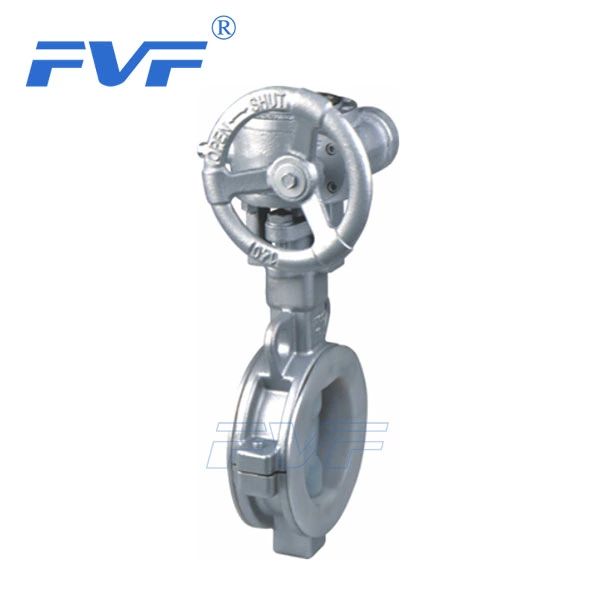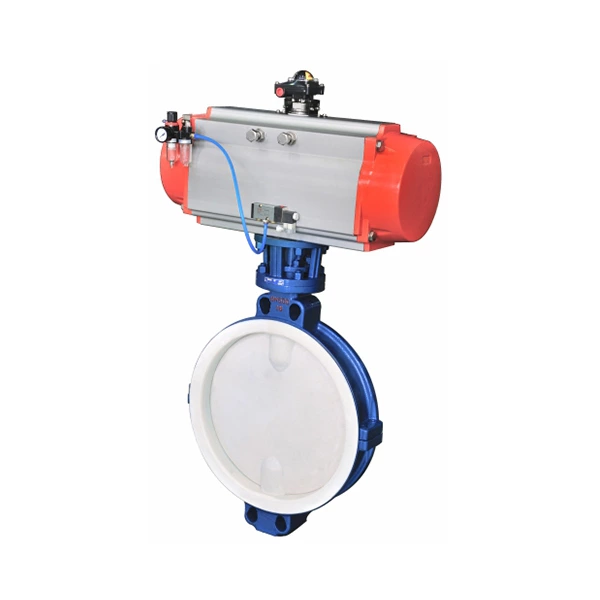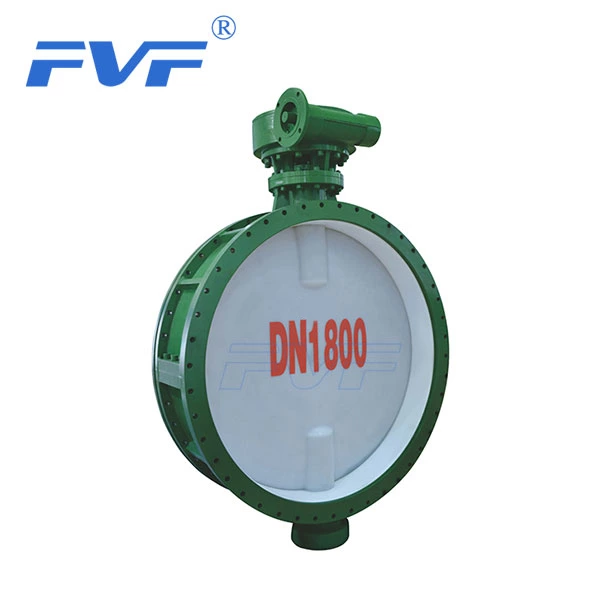What Factors Should Be Considered When Purchasing Fluorine-lined Valve Products?
Lined Valve The practice of only specifying the specifications, categories, and working pressure during procurement to meet the procurement requirements is imperfect in the current market economy environment. Because in order to compete with each other, fluorine-lined valve manufacturers have made different innovations under the concept of unified valve design, forming their own corporate standards and product characteristics. Therefore, it is very necessary to put forward technical requirements in detail when purchasing valves, coordinate with manufacturers to reach a consensus, and use it as an annex to the valve procurement contract.
1. General requirements
a. Valve specifications and categories should meet the requirements of pipeline design documents.
b. The model of the valve should indicate the national standard number requirements based on it. If it is an enterprise standard, the relevant instructions for the model should be indicated.
c. The working pressure of the valve is required to be ≥ the working pressure of the pipeline. Without affecting the price, the working pressure that the valve can withstand should be greater than the actual working pressure of the pipeline; any side of the valve in the closed state should be able to withstand 1.1 times the working pressure of the valve without leakage; when the valve is open, the valve body should be able to withstand the requirements of twice the working pressure of the valve.
d. Valve manufacturing standards should state the national standard number based on. If it is an enterprise standard, the enterprise document should be attached to the purchase contract.
2. Fluorine-lined valve quality standards
a. The valve body material should be mainly ductile iron, and the brand and actual physical and chemical test data of cast iron should be indicated.
b. The valve stem material should strive for stainless steel valve stem (2CR13), and large-diameter valves should also be stainless steel embedded valve stems.
c. The nut material should be cast aluminum brass or cast aluminum bronze, and the hardness and strength are greater than the valve stem.
d. The material of the valve stem bushing should not be greater than the valve stem, and it should not form electrochemical corrosion with the valve stem and valve body under water immersion.
e. Material of sealing surface: ① Different valve types have different sealing methods and material requirements; ② For ordinary wedge-type gate valves, the material, fixing method and grinding method of the copper ring should be explained; ③ For soft-sealed gate valves, the physical, chemical and sanitary test data of the rubber lining material of the valve plate; ④ Butterfly valves should indicate the material of the sealing surface on the valve body and the sealing surface on the butterfly plate; their physical and chemical test data, especially the sanitary requirements, anti-aging performance and wear resistance of rubber; usually nitrile rubber and EPDM rubber are used, and recycled rubber is strictly prohibited.
f. Valve shaft packing: ① Since the valves in the pipeline network are usually opened and closed infrequently, the packing is required to be inactive for several years, the packing is not aged, and the sealing effect is maintained for a long time; ② The valve shaft packing should also have a good sealing effect when it is frequently opened and closed; ③ In view of the above requirements, the valve shaft packing strives to not be replaced for life or more than ten years; ④ If the packing needs to be replaced, the valve design should consider measures to replace it under water pressure.
3. Variable speed transmission box
a. The material of the box body and the internal and external corrosion protection requirements are consistent with the valve body principle.
b. The box body should be sealed, and the box body can withstand immersion in a 3-meter water column after assembly.
c. The opening and closing limit device on the box body should have an adjusting nut inside or outside the box, but special tools are required for operation.
d. The transmission structure is reasonably designed, and can only drive the valve shaft to rotate during opening and closing, without causing it to move up and down. The transmission parts are properly engaged, and there is no separation and slippage during opening and closing with load.
e. The speed transmission box body and the valve shaft seal cannot be connected to form a leak-free whole, otherwise there should be reliable anti-leakage measures.
f. There are no debris in the box body, and the gear engagement part should be protected by grease.
4. Operating mechanism of fluorine-lined valves
a. The opening and closing direction of the valve during operation should be closed clockwise.
b. Since the valves in the pipeline network are often opened and closed manually, the number of opening and closing revolutions should not be too many, and even large-diameter valves should be within 200-600 revolutions.
c. In order to facilitate one person's opening and closing operation, the maximum opening and closing torque should be 240N-m under the condition of pipeline pressure.
d. The opening and closing operation end of the valve should be a square tenon, with standardized size and facing the ground, so that people can operate directly from the ground. Valves with wheel discs are not suitable for underground pipe networks.
e. Display panel of valve opening and closing degree: ① The scale line of the valve opening and closing degree should be cast on the gearbox cover or on the outer shell of the display panel after the direction is changed, all facing the ground, and the scale line should be painted with fluorescent powder to make it eye-catching; ② The material of the indicator dial needle can be stainless steel plate under good management, otherwise it is a painted steel plate, and aluminum skin should not be used; ③ The indicator dial needle is eye-catching and firmly fixed. Once the opening and closing adjustment is accurate, it should be locked with rivets.
f. If the valve is buried deep, and the distance between the operating mechanism and the display panel and the ground is ≥1.5m, an extension rod facility should be provided and fixed firmly so that people can observe and operate from the ground. That is to say, the valve opening and closing operation in the pipeline network is not suitable for downhole operations.
5. Performance testing of fluorine-lined valves
a. When a certain specification of valves is manufactured in batches, an authoritative organization should be entrusted to conduct the following performance tests: ① The opening and closing torque of the valve under the working pressure; ② The number of continuous opening and closing times that can ensure the valve is tightly closed under the working pressure; ③ The flow resistance coefficient of the valve under the condition of pipeline water delivery.
b. The valve should be tested as follows before leaving the factory: ① When the valve is open, the valve body should withstand an internal pressure test of twice the working pressure value of the valve; ② When the valve is closed, both sides withstand 1.1 times the working pressure value of the valve respectively, without leakage; but the leakage value of the metal-sealed butterfly valve is not greater than the relevant requirements.
6. Internal and external corrosion protection of fluorine-lined valves
a. The inside and outside of the valve body (including the speed transmission box) should first be shot blasted, sanded and rusted, and electrostatic spraying of powdered non-toxic epoxy resin should be achieved, with a thickness of more than 0.3mm. When it is difficult to electrostatically spray non-toxic epoxy resin on extra-large valves, similar non-toxic epoxy paint should also be brushed or sprayed.
b. The inside of the valve body and all parts of the valve plate require corrosion protection. On the one hand, it will not rust when immersed in water, and no electrochemical corrosion will occur between the two metals; on the other hand, the smooth surface reduces the water resistance.
c. The hygiene requirements of the epoxy resin or paint used for corrosion protection in the valve body should have a test report from the corresponding authoritative agency. The chemical and physical properties should also meet the relevant requirements.
7. Packaging and transportation of fluorine-lined valves
a. Lightweight plugs should be installed on both sides of the valve for sealing.
b. Medium and small diameter valves should be tied with straw ropes and preferably transported in containers.
c. Large diameter valves are also packaged in simple wooden frame solid packaging to avoid damage during transportation.
8. Factory instructions for fluorine-lined valves
Valves are equipment, and the following relevant data should be indicated in the factory instructions: valve specifications; model; working pressure; manufacturing standard; valve body material; valve stem material; sealing material; valve shaft packing material; valve stem sleeve material; internal and external anti-corrosion materials; operation start direction; number of revolutions; opening and closing torque under working pressure; manufacturer name; factory date; factory number; weight; hole diameter, number of holes, and center hole distance of the connecting flange; overall length, width, and height control dimensions indicated in diagrams; valve flow resistance coefficient; effective opening and closing times; relevant data of valve factory inspection and precautions for installation and maintenance, etc.

